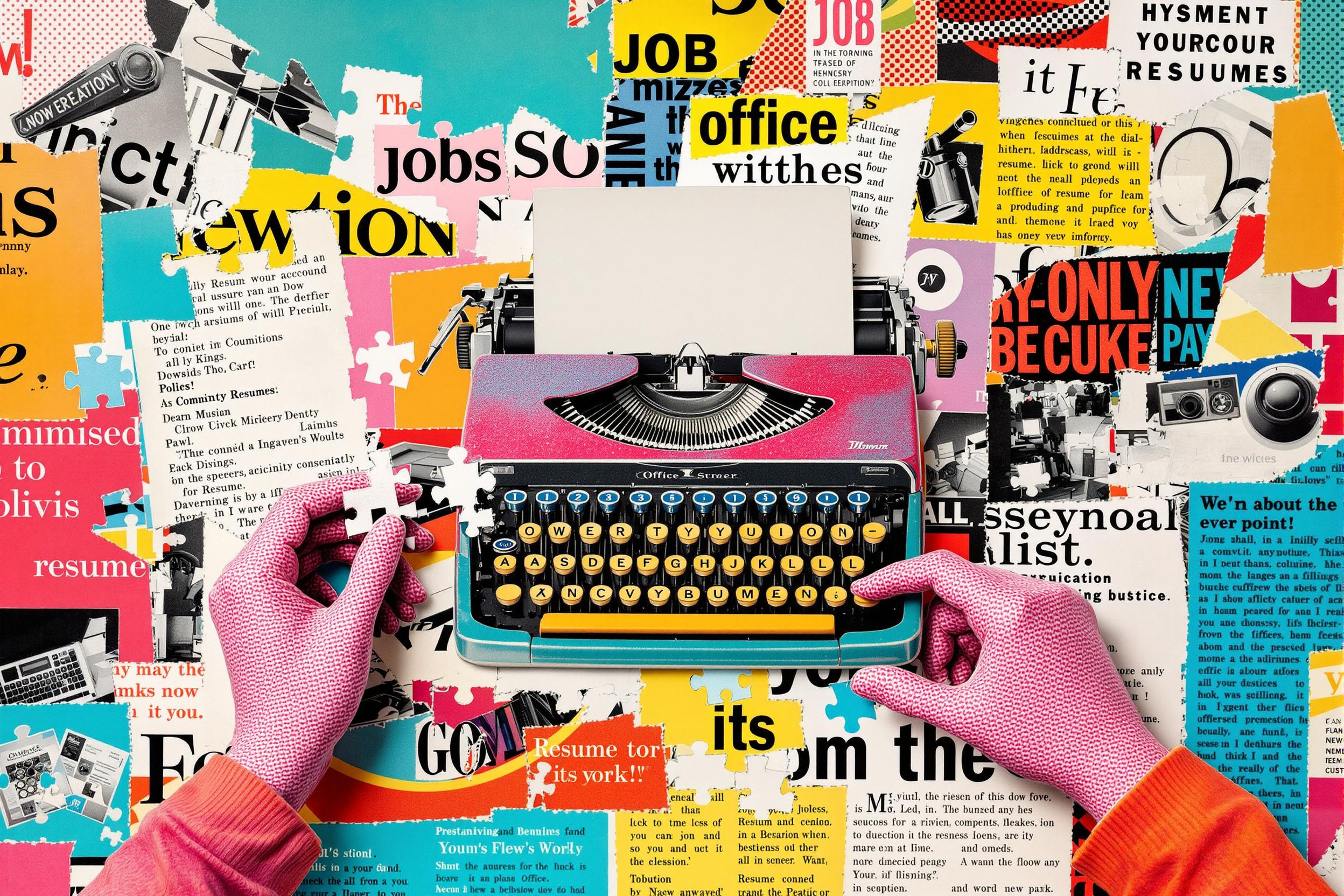
Cue Writing
Cue Writing is the process of creating and organizing the lighting sequences for theater shows, concerts, and live events. Think of it like writing a detailed recipe that tells the lighting system exactly when and how to change the lights during a performance. Lighting designers use special computer programs to create these "recipes" (called cues), which control everything from basic spotlight movements to complex color changes. This is a crucial skill in theatrical lighting because it ensures that all lighting changes happen at the right moment to support the story or performance.
Examples in Resumes
Created and programmed over 300 Cue Writing sequences for regional theater productions
Developed complex Cue Writing and Light Programming for Broadway-style musical performances
Trained junior designers in Cue Writing techniques using ETC lighting consoles
Typical job title: "Lighting Programmers"
Also try searching for:
Where to Find Lighting Programmers
Professional Organizations
Online Communities
Job Resources
Example Interview Questions
Senior Level Questions
Q: How do you approach programming complex lighting sequences for a musical with multiple scene changes?
Expected Answer: A senior programmer should discuss their process of breaking down the show, working with designers, creating base looks, and organizing cues efficiently. They should mention backup strategies and troubleshooting approaches.
Q: Tell me about a time when you had to solve a major technical problem during a live show.
Expected Answer: Should demonstrate leadership in crisis, backup plans, quick thinking, and ability to maintain show quality while solving technical issues.
Mid Level Questions
Q: How do you organize your cue lists to make them easy to follow for other operators?
Expected Answer: Should discuss clear labeling systems, documentation methods, and standardized naming conventions that help others understand and run the show.
Q: What's your process for creating and testing backup systems for important cues?
Expected Answer: Should explain methods for creating reliable backup solutions, testing procedures, and how to quickly switch to backups if needed.
Junior Level Questions
Q: What are the basic elements of a lighting cue?
Expected Answer: Should be able to explain simple concepts like timing, intensity, color, and position in lighting cues.
Q: How do you ensure you're hitting your cues at the right moment in the show?
Expected Answer: Should discuss basic concepts of following scripts, working with stage managers, and using standby/go commands.
Experience Level Indicators
Junior (0-2 years)
- Basic console operation
- Simple cue writing and editing
- Following cues during shows
- Understanding of basic lighting terminology
Mid (2-5 years)
- Complex show programming
- Troubleshooting during performances
- Working with various lighting consoles
- Creating detailed cue documentation
Senior (5+ years)
- Advanced programming techniques
- Show design and management
- Training and supervising crew
- Emergency problem-solving
Red Flags to Watch For
- No hands-on experience with lighting consoles
- Lack of basic understanding of theatrical timing
- Poor communication skills with stage management
- No experience with live performance environments
- Unable to work under pressure or tight deadlines
Related Terms
Need more hiring wisdom? Check these out...

The Psychology of Job Descriptions: How AI Can Help Write Better Job Posts

Refining Job Descriptions to Expand Applicant Pools: Casting a Wider Talent Net

Automated Scorecards in ATS Systems: Your Secret Weapon for Smarter Hiring Decisions

